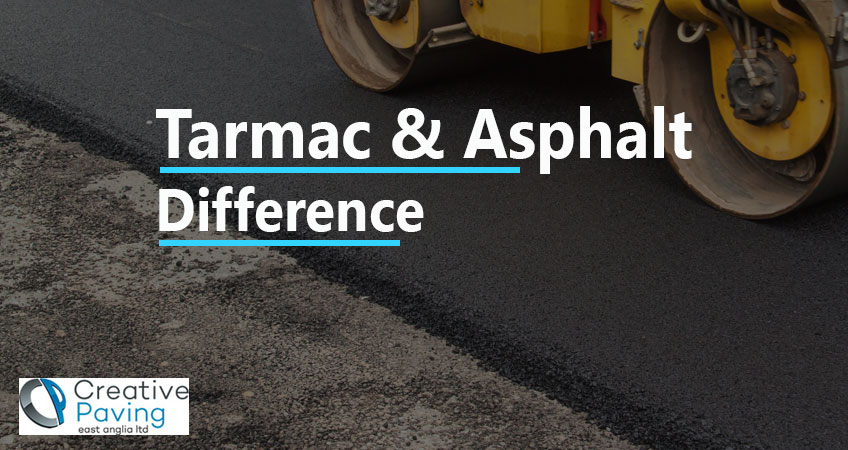Tarmac vs Asphalt
On the surface, tarmac and asphalt look exactly the same. Despite their striking similarity, they have many notable differences. Tarmac driveways also known as Taramacadam is made by mixing tar, sand, and macadam surfaces. It was pioneered in the 1820s by Scottish engineer John Loudon McAdam. However, macadam surfaces were prone to generating dust. A major discovery in the pursuit to stabilise macadam surfaces came about in 1901. It involved Edgar Purnell Hooley, a British businessman who is credited with inventing tarmacadam.
In 1901, as Edgar Purnell Hooley was walking passed a tar factory, he noticed a smooth stretch of road. It is reported that he was told that a barrel of tar had spilled on the macadamized road and someone had poured gravel on the tar to cover up the mess. Hooley noted that this accidental resurfacing solidified the road and hardly any dust was produced while travelling on it. He went on to trademark tarmac in 1903. Since then, tarmac has been used to refer to any type of paved road including airport runways and city roads.
Types of Tarmac
Caveat tarmac
Since tarmac is made using bitumen – a by-product of the oil industry. Its cost fluctuates depending on the current world oil prices.
Bitumen tarmac
Bitumen tarmac is tarmac made using bitumen instead of tar. Nowadays, bitumen has largely replaced the naturally occurring tar, hence bitumen tarmac, also known as bitumen macadam, and in short Bitmac. Bitmac is quite similar to asphalt. The major difference being that bitmac has a higher concentration of filler and sand. While asphalt has denser blends of the aggregates with bitumen.
Macadam tarmac
Macadam tarmac is essentially a result of the mixture of macadam surfaces with sand and tar. Or bitumen in place of tar.
Types of Asphalt
Asphalt is a cheap surfacing alternative for large areas. However, for smaller residential surfaces, it can pan out pretty expensive. Hence it is advisable to use asphalt for residential driveways as a whole neighbourhood to reduce the costs for each individual home.
When considering driveway surfaces, it is worth noting that some driveways are called asphalt driveways when in fact, the material is asphalt concrete. This is a completely different kind of surface. Asphalt concrete is a blend of asphaltic cement and sand or grit. It is a really durable surface. Although it can be easily damaged by fluctuating temperatures. Plus, it is harder to repair than both asphalt and tarmac.
Asphalt can also be used in making organic shingles. Organic shingles are types of roofs or walls that use asphalt for waterproofing.
Tarmac or Asphalt Driveway?
When it comes to driveways, tarmac offers more resistance to continual scuffing by motor tires and it is cheaper to replace.
On the other hand, asphalt requires much lower maintenance and offers more resistance to harsh weather conditions. Asphalt is also kinder to the environment. It can be easily reused elsewhere in case the surface gets old.
Summary
The differences between tarmac and asphalt may not be very obvious, however, they are paramount and make a huge difference when choosing between the two materials.
Read More: Driveway Ideas UK


